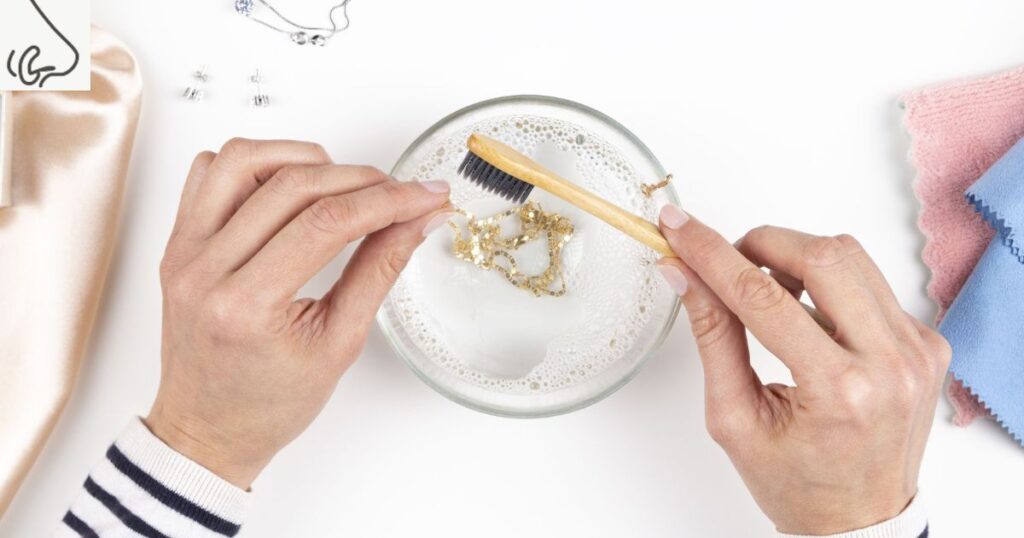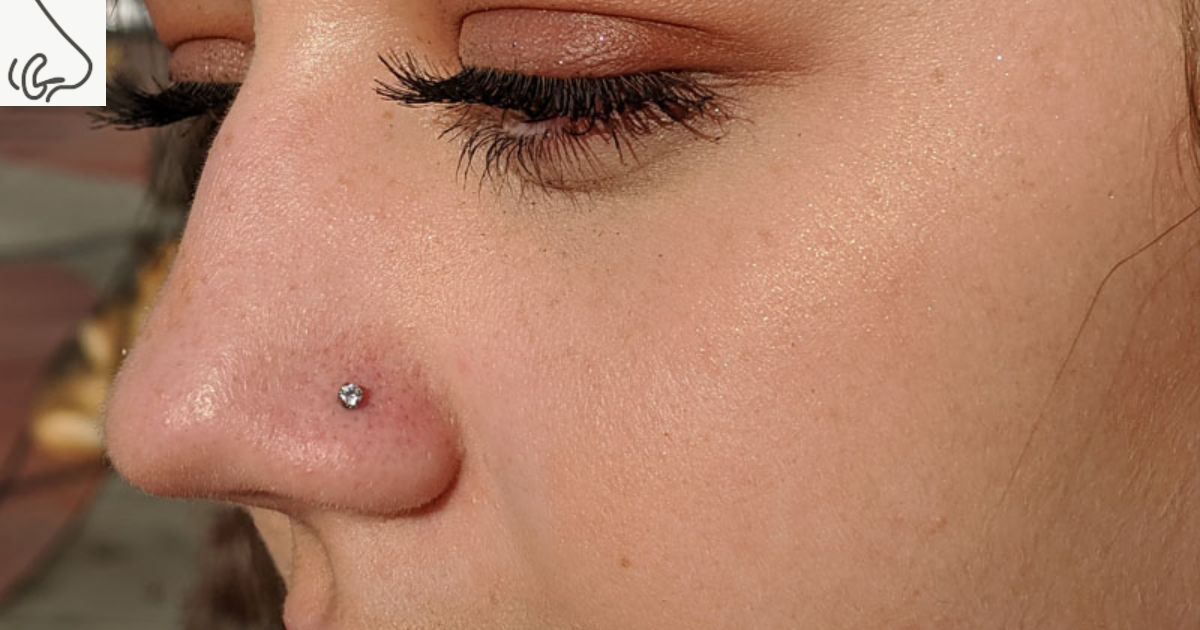Nose piercings are a popular form of self-expression and adornment. They provide a unique and stylish accessory that can enhance your overall look. Whether it’s a nostril, septum, or bridge piercing, each one requires proper care and attention during the healing process. One common question among piercing enthusiasts is, “What happens if I change my nose piercing too early?” In this comprehensive guide, we will explore the consequences of premature nose piercing changes and provide insights into the safe and proper timing for changing your nose jewelry.
Understanding Nose Piercings
Types of Nose Piercings
Before diving into the potential complications of changing your nose piercing too early, let’s briefly explore the various types of nose piercings. Understanding these will help you recognize the specific concerns associated with each type.
- Nostril Piercing
- Septum Piercing
- Bridge Piercing
The Nose Piercing Healing Process
Stages of Healing
The healing process of a nose piercing consists of several stages, and each stage plays a crucial role in ensuring the piercing’s overall health and longevity.
- Initial Healing (0-8 weeks): During this period, your body begins to form a protective layer around the piercing, which seals off any entry points for infection.
- Complete Healing (6 months to 1 year): While the visible healing may be complete after a few months, it’s essential to note that the internal healing process takes much longer. The piercing continues to mature and strengthen over time.
- Full Recovery (1 year or more): The full recovery phase is when your piercing is entirely stable and less likely to react to changes.
Why Changing Your Nose Piercing Too Early Can Be Problematic
Infection Risk
One of the primary concerns associated with changing your nose piercing too early is an increased risk of infection. The initial healing phase is critical as your body forms a protective barrier to prevent bacteria from entering the wound. Changing your jewelry prematurely can disrupt this barrier, exposing the piercing to harmful microorganisms.
Irritation and Allergic Reactions
Irritation and allergic reactions can occur when you switch out your nose jewelry too soon. Different materials may irritate your skin or cause an allergic response, which can lead to redness, swelling, and discomfort.
Prolonged Healing Time
Changing your nose piercing too early can extend the overall healing time. This happens because every time you switch jewelry, you create a new wound and reset the healing process, which can lead to a frustrating cycle of delayed healing, making it essential to numb your nose before piercing at home.
Signs That It’s Safe to Change Your Nose Piercing
Minimal Pain and Discomfort
When it’s safe to change your nose jewelry, you should experience minimal pain or discomfort during the process. If you feel intense pain or resistance, it’s a sign that the piercing is not yet ready for a change.
No Excessive Discharge or Crust
A well-healed nose piercing should not produce excessive discharge or crust when changing the jewelry. A small amount of clear or white discharge is normal during the initial healing phase, but it should subside as the piercing matures.
No Signs of Infection
Before changing your nose jewelry, ensure that there are no signs of infection, such as redness, swelling, pus, or a foul odor. If you observe any of these symptoms, it’s crucial to address the infection before attempting to change the jewelry.
Safe Practices for Changing Your Nose Piercing
Prepare Your New Jewelry
Before you change your nose piercing, ensure you have the new jewelry ready. It’s essential to choose high-quality jewelry made from materials like surgical steel, titanium, or niobium to minimize the risk of irritation and allergies.
c

Wash your hands thoroughly with soap and warm water, and use an antibacterial solution to clean your new jewelry. Sterilizing the jewelry is crucial to prevent introducing harmful bacteria to the fresh wound.
Gently Remove the Old Jewelry
With clean hands, gently remove the old jewelry from your nose. Avoid twisting or pulling excessively, as this can irritate the piercing.
Swiftly Replace the Jewelry
Once the old jewelry is out, quickly replace it with the new piece to minimize the exposure of the wound. Be cautious not to touch the post or any part of the jewelry that will come into direct contact with the piercing.
Avoid Frequent Changes
While it may be tempting to switch out your nose jewelry often, it’s advisable to keep changes to a minimum, even after your piercing has healed. Frequent changes can still lead to irritation and disruption of the piercing’s stability.
Potential Complications from Changing Your Nose Piercing Too Early
Infections
Changing your nose piercing too soon can introduce bacteria, leading to infections. Symptoms may include redness, swelling, tenderness, discharge, and an unpleasant odor.
Hypertrophic Scarring
Excessive movement or manipulation of a healing nose piercing can result in hypertrophic scarring. These raised, reddish bumps can develop around the piercing site, causing aesthetic concerns.
Keloids
Keloids are raised overgrowths of scar tissue that can form around a nose piercing. Changing your jewelry prematurely can contribute to keloid formation, which may require medical treatment.
When and How to Change Your Nose Piercing
Timelines for Different Nose Piercings
The appropriate timing for changing your nose piercing depends on the specific type.
- Nostril Piercing: Wait at least 6-8 weeks before attempting to change the jewelry.
- Septum Piercing: Give your septum piercing 6-8 weeks to heal before changing the jewelry.
- Bridge Piercing: For a bridge piercing, wait a minimum of 8-12 weeks before attempting any jewelry changes.
Special Considerations
Some nose piercings, like septum piercings, are less prone to complications during jewelry changes because they are not exposed to the same external elements. However, it’s still crucial to adhere to proper hygiene and choose suitable jewelry.
FAQs
. What happens if I change my nose piercing too early?
Prematurely changing your nose piercing can lead to infection, irritation, and prolonged healing.
What are the signs that it’s safe to change my nose piercing?
Safe indications include minimal pain, no excessive discharge or crust, and no signs of infection.
How should I prepare for changing my nose piercing?
Prepare new high-quality jewelry, clean your hands, and sterilize the jewelry to minimize infection risk.
What complications can arise from changing my nose piercing too early?
Complications include infections, hypertrophic scarring, and keloids.
When can I change different types of nose piercings?
Nostril piercings: Wait 6-8 weeks, septum piercings: 6-8 weeks, and bridge piercings: 8-12 weeks.
Conclusion
Changing your nose piercing too early can lead to various complications, including infections, irritation, prolonged healing, hypertrophic scarring, and keloids. To ensure a safe and comfortable experience, it’s essential to follow recommended healing timelines for different nose piercings, maintain proper hygiene, and use high-quality jewelry. Remember, patience is key when it comes to altering your nose jewelry. If you’re unsure about the appropriate timing for changing your nose piercing, consult a professional piercer for guidance and avoid unnecessary risks. By understanding the healing process and practicing safe procedures, you can enjoy your nose piercing without unnecessary complications.



















